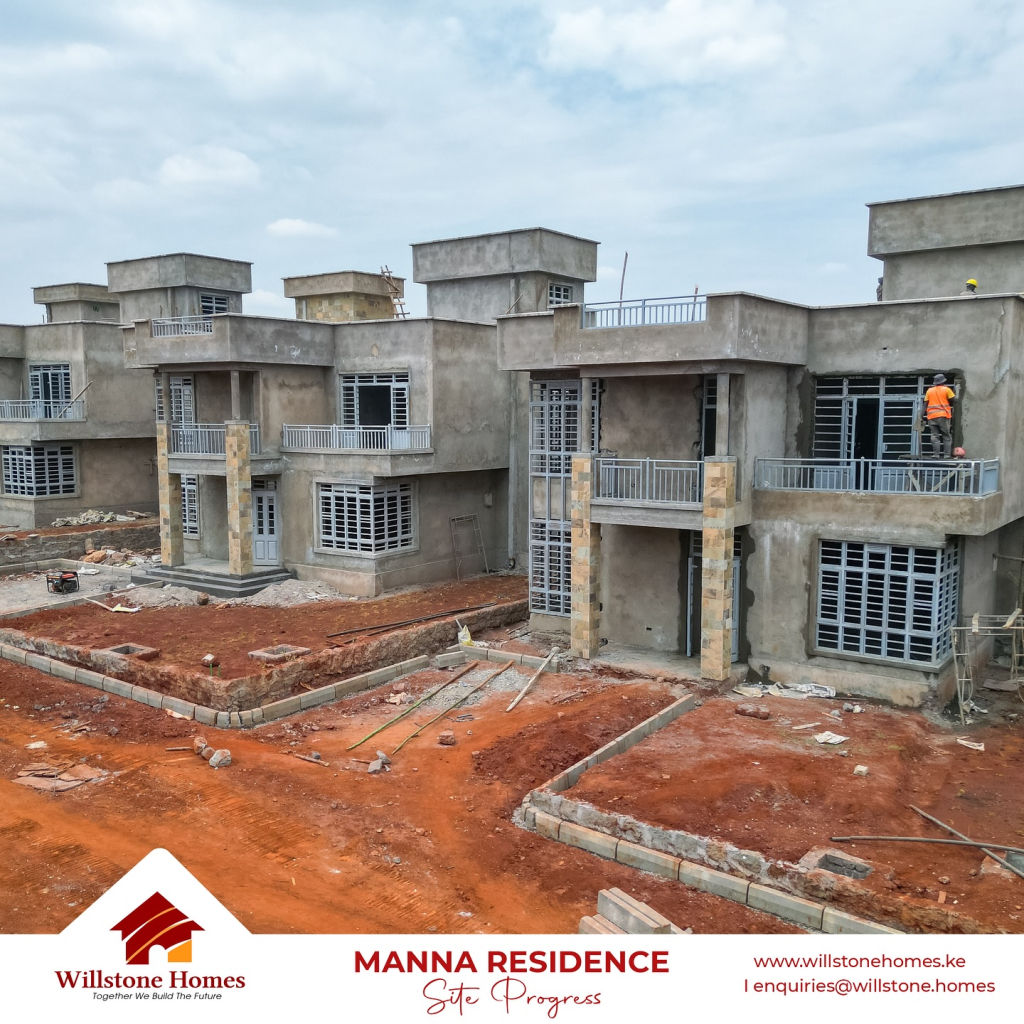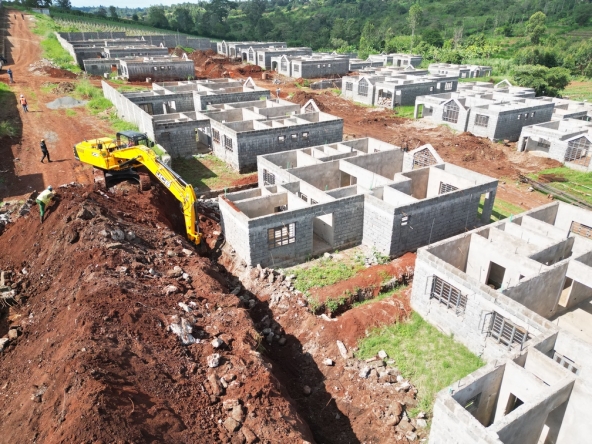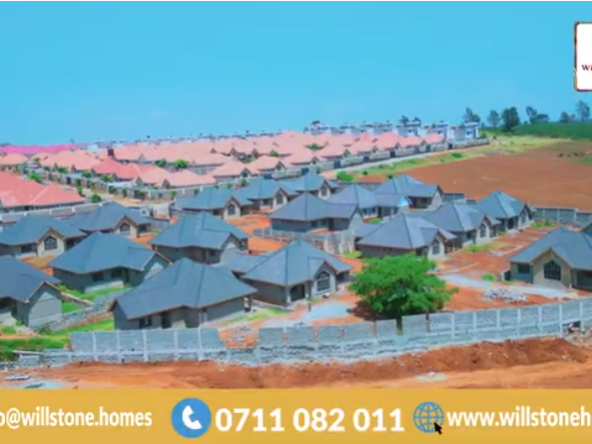Across Nairobi’s skyline, shiny new apartments rise every month — yet, for thousands of Kenyans, those very buildings remain out of reach. Stairs dominate where ramps should be, and elevators, when present, often break down or remain inaccessible to those who need them most. The discussion around Elevator Ramps, Rules and Rights is more than a construction matter — it’s about inclusion, dignity, and the right to mobility in urban Kenya. This article explores why Kenya’s accessibility transition has been slow, what policies exist on paper, and how authorities and developers can make inclusive housing a lived reality rather than an architectural afterthoug
The legal framework — the promise on paper
Kenya’s Persons with Disabilities Act (2003) guarantees a barrier-free environment and specifically requires proprietors of public buildings to adapt premises for persons with disabilities within a set timeframe. The Act also gives the National Council for Persons with Disabilities (NCPWD) powers to issue adjustment orders and develop accessibility standards.
More recently, building regulations and national guidance reference international accessibility standards (for example KS/ISO guidance on accessibility) and require that building plans demonstrate access provisions — ramps, adequate door widths, lifts or lift-alternatives and accessible toilets.
Read Also: Understanding Structural Integrity: How Safe Is Your Dream Home?
What’s the adoption rate (and why measuring it is hard)
Official monitoring is improving but patchy. The NCPWD’s Disability Mainstreaming Status Report (FY2021/22) evaluated 404 public institutions and found many gaps in compliance and mainstreaming — a telling proxy that public-sector buildings are far from fully accessible. The Council’s audits and county spot-checks show that a significant share of public facilities and private developments still fail to meet basic access requirements.
There is no authoritative single statistic for the percentage of all residential apartment blocks in Nairobi that are fully accessible. However, academic audits and spot studies of towns and counties repeatedly report low compliance with access standards for persons with reduced mobility — especially in older stock and small private developments. (See example municipal audits and university studies summarised in national inventories.)
Why it’s taken so long — the structural and political causes

- Legacy stock and retrofit cost: Many existing buildings were constructed before accessibility rules were enforced. Retrofitting lifts, ramps or widened doors is expensive and often technically challenging.
- Weak enforcement and unclear penalties: While law exists, enforcement has been inconsistent — counties approve occupation certificates and are supposed to check compliance, but inspections, follow-up and sanctions are limited. The NCPWD has the mandate to issue adjustment orders, but the Council’s reach and technical capacity are constrained.
- Low priority in private development economics: Developers facing tight margins sometimes treat accessibility features as optional extras unless clients or regulators insist. When service-charge budgets and maintenance obligations rise (for example lifts and ARD rescue devices), developers may push costs onto residents rather than design inclusively from the start.
- Limited awareness and technical capacity: Architects, fundis and small contractors may lack training in accessible design standards (KS ISO 21542 and local guidance), leading to non-compliant windows, stairs and sanitary fittings.
- Data and political visibility gaps: Persons with disabilities are under-represented in planning forums; census and administrative data historically undercounted disability prevalence, reducing political pressure (though data work is improving).
Read Also: Unlocking New Beginnings: How a Short Sale Can Save Your Home and Your Future
Who should enforce accessibility — mapped roles
| Actor | Primary responsibilities |
|---|---|
| National government / Cabinet Secretary (Buildings & Housing) | Set and update accessibility standards, integrate them into the National Building Code and issue mandatory technical guidelines. |
| County governments (planning & building inspectors) | Approve plans, conduct site inspections, withhold completion/occupation certificates for non-compliance. |
| National Council for Persons with Disabilities (NCPWD) | Issue adjustment orders, monitor public institutions, publish mainstreaming reports and advise counties. |
| Professional bodies (Architects/Engineers) | Enforce professional standards in design submissions and discipline practitioners who ignore accessibility codes. |
| Civil society & DPOs (Disabled Persons Organisations) | Monitor, litigate, raise public awareness and represent lived-experience standards. |
| Developers & property managers | Build accessible designs, budget for ongoing elevator maintenance and ensure emergency rescue devices and staff training. |
Why enforcement hasn’t moved the needle (practical examples)

- Occupation certificates issued despite shortfalls: Some counties grant completion certificates even when lifts, ramps or accessible toilets are missing. The Act mandates adaptation, but local approvals are inconsistent.
- Maintenance blind spot: Even when lifts are installed, poor maintenance regimes (no ARD, no emergency power, inexperienced service contractors) make them unreliable; inaccessible lifts quickly become unusable, nullifying nominal compliance.
- Cost shifting: Developers sometimes provide minimum compliant features but not the higher-quality, durable installations that reduce long-term service costs for residents.
Read Also: The Role of AI and Robotics in Kenya’s Construction Industry
Data & facts table — snapshot for decision makers
| Indicator | What it shows | Source / evidence |
|---|---|---|
| Existence of legal duty to adapt public buildings | Proprietors must adapt public buildings for PWDs under PWD Act | Persons with Disabilities Act (2003). |
| NCPWD institutional audit (2021/22) | 404 institutions evaluated; many gaps in mainstreaming | NCPWD Disability Mainstreaming Status Report. |
| Accessibility standards referenced | KS/ISO accessibility standards recommended in building regs | Building code & accessibility guidance. |
| Maintenance reality (industry reports) | Many elevators in mid-tier buildings lack ARD and regular quarterly servicing | Professional/industry reports and county inspections (see NCPWD and AAK findings). |
Clear, practical actions that will move the needle (for policy & practitioners)

- Mandate accessibility at plan-approval stage and refuse occupation certificates when access requirements are missing. (Counties, in partnership with NCPWD.)
- Introduce a simple, public “accessibility rating” for new developments (like energy ratings) so buyers and tenants can choose inclusive buildings.
- Make maintenance part of the legal requirement: lifts must have ARD, routine service contracts and a reserve fund in service-charge accounts for spare parts and certified technicians.
- Fast-track financial incentives (tax relief, lower development fees) or grants for retrofits in public housing and small-scale developers.
- Build technical capacity: subsidised training for architects, quantity surveyors and contractors on KS/ISO accessibility standards.
- Strengthen community monitoring: fund DPOs and county watchdogs to perform spot inspections and publish simple compliance dashboards.
- Public education campaign linking accessibility with market value: show developers that inclusive buildings broaden buyer pools and raise resale values.
Read Also: Stairs, Lifts, and Lifestyle: The Real Cost of Elevation in Kenya’s Mid-Rise Apartments
Making buildings inclusive isn’t charity — it’s justice built into concrete. Nairobi cannot claim modernity while so many citizens are excluded by design flaws or neglected maintenance. Strengthening Elevator Ramps, Rules and Rights means enforcing building codes, budgeting for regular lift upkeep, and ensuring that every new apartment is safe and usable for all. Kenya’s real estate industry must rise not only in height, but also in humanity — creating spaces where every person, regardless of ability, can live, move, and belong.





